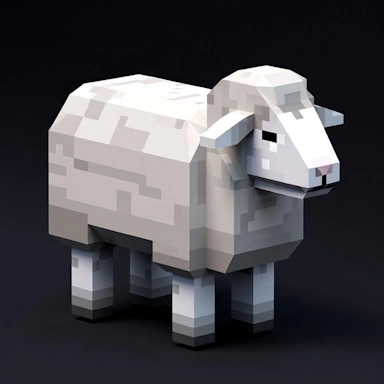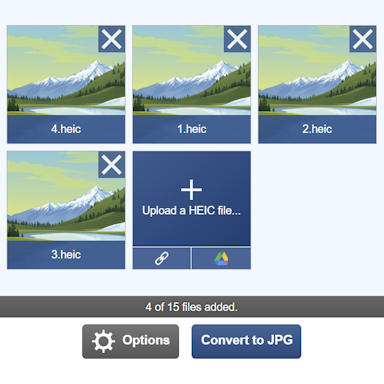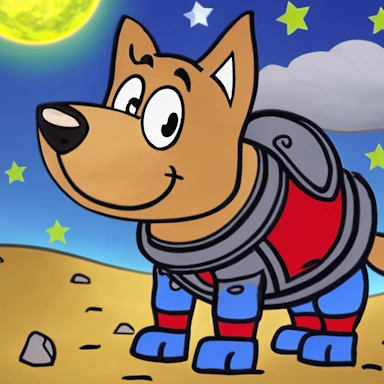Vector Image
Meta and vector image formats can both contain vector data. Vector data is a collection of geometric lines, curves, and shapes that combine to make an image, recorded as mathematical formulas. Vector data cannot reproduce photo-realistic images, but for other types of images, it has two advantages over raster images: it is scalable without distortion (the "Pixelization" that comes with re-sizing a bitmap), and it produces smaller files.
Due to their ability to scale without loss of quality and their ability to handle transparent regions, vector images are best suited to applications requiring high-definition images, such as print media. They are also widely used on the web for logos and icon graphics. Vector formats, such as SVG, are text-based and store their data as a collection of paths, fills, and curves that make up the completed image, while other formats, such as PDF, store their data in a compact binary format.
A Platy Punk NFT in vector format
The ImageToStl vector cube
A computer user icon in vector format
Vector formats in general will have some support for color graphics; this could include allowing individual lines or shape outlines to have a single solid color. Shapes can also usually be assigned a fill color; this could be either a solid color or a gradient, with some formats supporting textured fill patterns.







